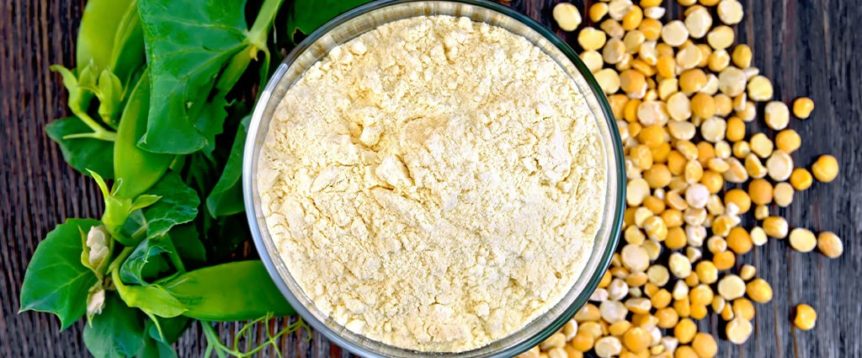Pea protein is an important nutrient and building block of bones, muscles, cartilage, skin and blood. It’s available from animal sources, including milk, meat, fish and eggs, but it’s also plentiful in plant sources such as peas.
Here’s everything you need to know about pea protein.
What is it?
Pea protein is extracted from yellow and green split peas.
How to find it
In plant-based milks, veggie burgers, nondairy ice cream, dietary supplements or on its own as
a powder. Stir powder into hot cereal, baked goods or smoothies.
What’s in Pea Protein?
1 scoop of pea protein powder contains: 120 calories | 24 g protein | 2 g fat | 1.5 g fiber | 8 mg iron (45% DV)
Also contains zinc, potassium, niacin and folate
Benefits of Pea Protein
- Vegan, gluten-free and dairy-free
- Free of the top eight food allergens: peanuts, tree nuts, eggs, fish,
shellfish, cow’s milk, wheat and soy - Helps build muscle when paired with resistance training.
Editor’s Pick: Ripple Foods Plant-Based Milk
Founded by a biochemical engineer and climate scientist, Ripple Plant-Based Milk is pea-protein based, non-GMO and made without lactose, nuts and soy. It is fortified with calcium and vitamins A, D and B12. Each serving has 8 g of protein, 50 percent more calcium than 2 percent dairy milk¹ and contains half the sugar of 2 percent dairy milk. Ripple is a certified B Corporation, they use only natural ingredients, and their bottles are made of only 100 percent post-consumer recycled plastic that is recyclable.
Choose from Original, Unsweetened Original, Vanilla, Unsweetened Vanilla and Chocolate flavors.
¹1 cup of almond milk contains 1 g protein. 1 cup 2% milk contains 12 g sugar and 293 mg of calcium. 1 cup Ripple Original contains 8 g protein, 5 g sugar and 465 mg calcium. Almond milk and milk data from USDA National Nutritional Database for Standard Reference, release 28 (2015).

